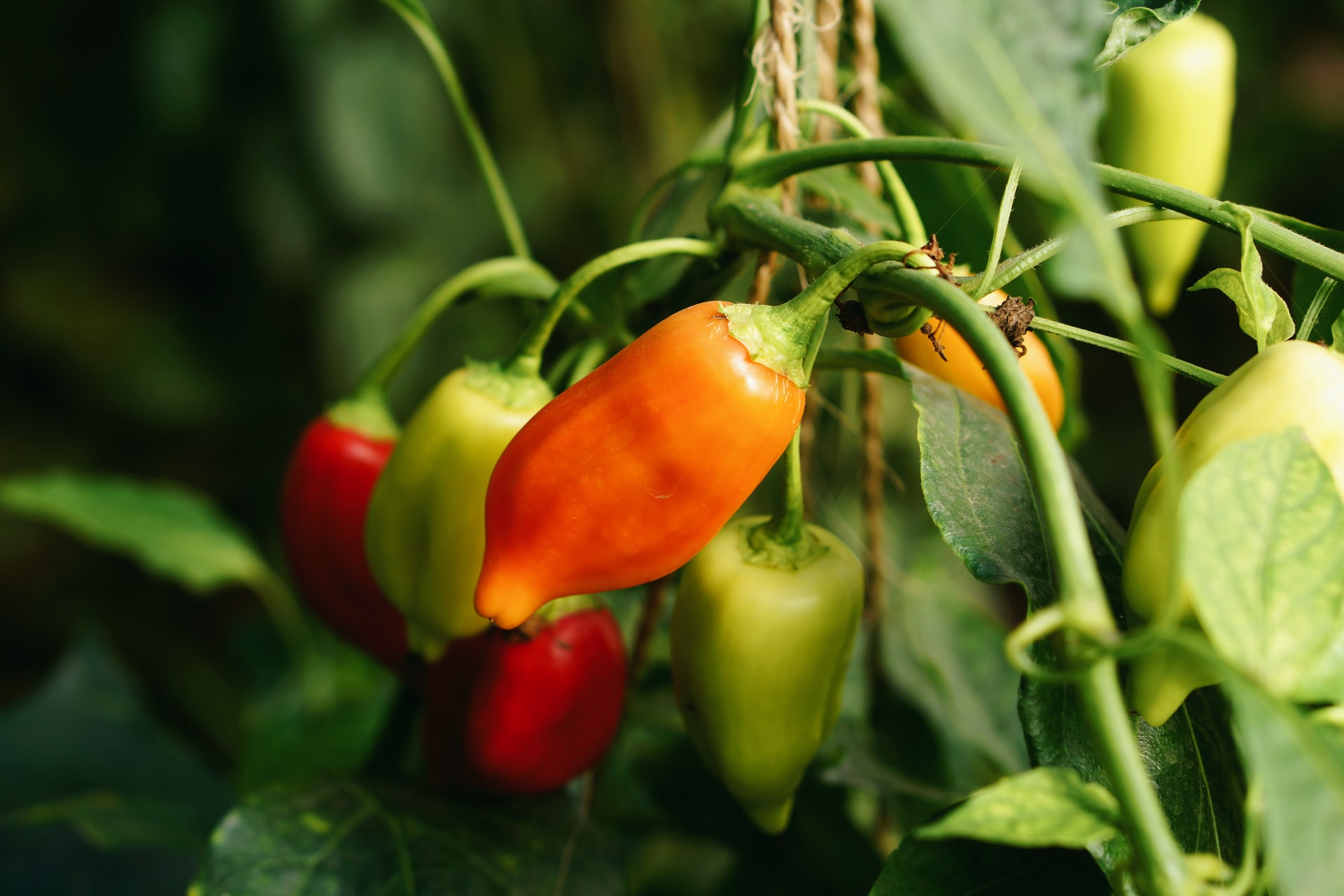For normal pepper germination, an air temperature of around 15°C is required, while the optimal range is between 20 – 30°C, allowing all viable seeds to sprout within 8 days.
At 30°C, young plants grow faster, but they are of higher quality (shorter plants with a higher percentage of dry matter) when developed at temperatures between 20 – 25°C. At temperatures below 20°C and above 30°C, the growth of young plants slows down, and at 10°C, growth stops completely.
For flowering and fruit set, the optimal daytime temperatures are between 26 – 32°C, with nighttime temperatures around 16°C. Daytime temperatures above 30°C can cause bud and flower drop, as well as the dropping of developing fruits. Low nighttime temperatures (8 – 10°C) can also cause these issues. Extreme temperatures can result in elongated pistils and poor seed viability, sometimes leading to the formation of parthenocarpic fruits, which are smaller, reaching only half the size of normal fruits.
In addition to temperature, light intensity significantly impacts the transition to the generative (reproductive) phase. Peppers are short-day plants, and when the day length shortens to 8 – 10 hours in the summer, flowering begins 7 – 10 days earlier. There are also pepper cultivars that do not respond to short days or behave as long-day plants. These are neutral or intermediate cultivars.
Peppers require a lot of water for growth and development. The optimal soil moisture is 60% of field capacity, and since most of the roots are in the top 30 cm layer, it is crucial that this layer meets water requirements. The favorable relative air humidity is around 80%.
Peppers prefer warm, structured, lighter soil with good water and air capacity. The soil should have good water permeability, as peppers do not tolerate waterlogging. The soil pH should be neutral to slightly acidic (pH 5.5 – 7), as peppers are more sensitive to alkaline than acidic conditions. Peppers should not be grown on the same plot for 4 – 5 years. This crop benefits from manure fertilization, and recommended amounts of mineral fertilizers are provided for base fertilization and top dressing. The text describes the soil preparation method for planting and the benefits of using black PE mulch film.
Since peppers are originally tropical plants, they thrive in warmer climates, which in Croatia can be compared to the Mediterranean. Thus, Dalmatia and Istria offer the most favorable conditions for cultivation. Peppers can also be grown in continental Croatia, but better results are achieved if cultivation is conducted in protected environments.
Peppers should not be grown on the same plot for 4 – 5 years, and crops from the same family or cucumbers, which are susceptible to the same virus, should not precede them. Legumes and cereals are desirable predecessors, as are root vegetables and crucifers. The soil after pepper cultivation tends to be compacted due to irrigation and frequent passage of machinery and people.













































